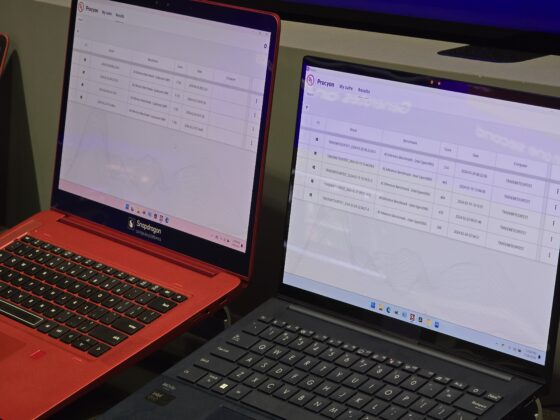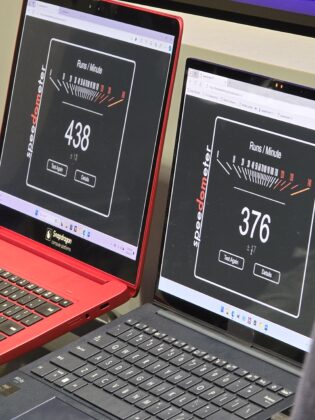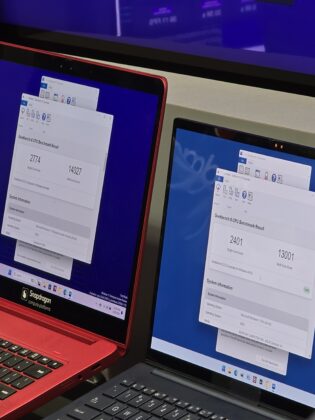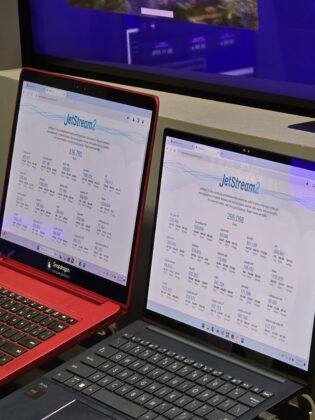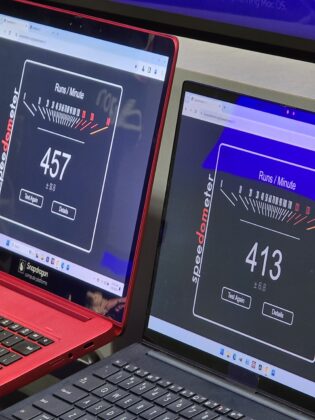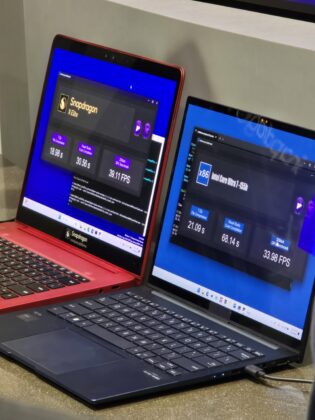Ever since the announcement of the Snapdragon X Elite platform late last year, we’ve seen a constant stream of rumours and leaks about its performance. Fortunately, we’ve now been able to get hands on experience with it to show just how powerful and efficient this platform is shaping up to be.
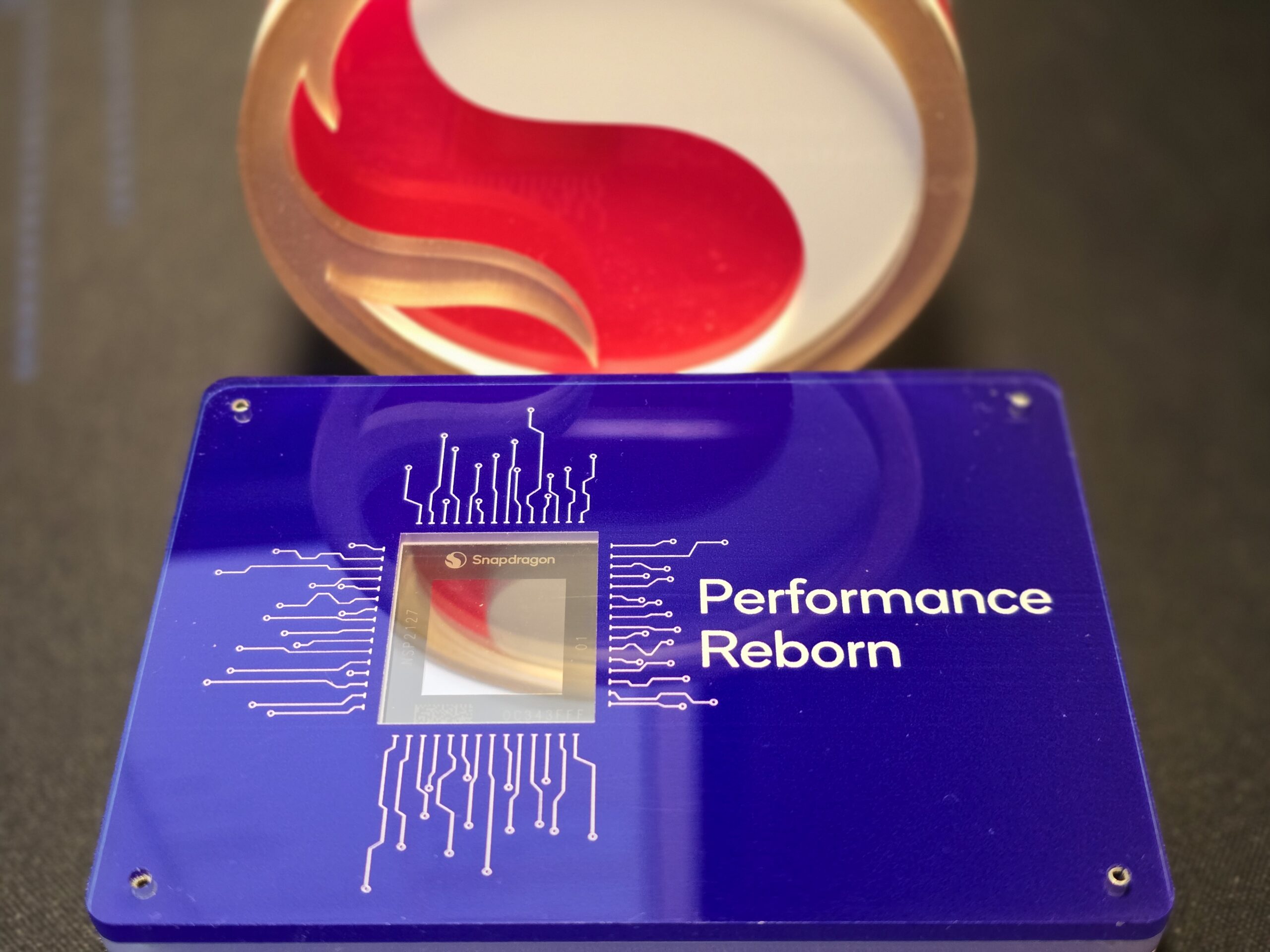
A few weeks ago, I was invited* to Qualcomm’s headquarters in San Diego for some hands on demos of the X Elite platform to answer just that – how does the Snapdragon X Elite stack up to the competition?
Benchmarks
During the demos, we had access to a few reference hardware systems that were running pre-defined benchmarks, such as 3D Mark, Jetstream, etc. The table below lists some of the results of these tests that were running on a 23w Snapdragon X Elite model (system wattage not package wattage) versus an Intel Core Ultra 7 155h:
| Benchmark | Snapdragon X Elite 23w | Intel Core Ultra 7-155h |
| 7-Zip File Compression (lower is better) | 18.98s | 21.09s |
| Visual Studio Code Compilation (lower is better) | 30.56s | 68.14s |
| 3D Mark GPU Benchmark | 39.11 FPS | 33.98 FPS |
| Spedometer2.0 (Edge – Native ARM, higher is better) | 438 | 376 |
| Spedometer2.0 (Chrome – Native ARM, higher is better) | 457 | 413 |
| JetStream 2 (Chrome – Native ARM, higher is better) | 316.765 | 295.098 |
| Geekbench 6 CPU | 2774 single / 14027 multi | 2401 single / 13001 multi |
| Procyon – AI Inference Benchmark | 1716 (Qualcomm SNPE) | 514 (Intel OpenVINO) |
As you can see from the numbers above, the X Elite is no slouch, beating out the Intel Core Ultra 7 155h in every single benchmark at just a fraction of the power draw. And that’s the key for me, at least – the fact the X Elite was running a total system power draw of around 23w compared to the 100+w that just the CPU can draw on the Intel system.
Power vs Performance
One thing that’s interesting is the way that Qualcomm provides power information for their platform. Unlike traditional chip manufacturers, the CPU is not measured in TDP (or Thermal Design Power), which is a number that’s used to effectively measure amount of heat expected for a CPU under load. While not based on ‘power consumption’ per say, reviewers usually refer to this number as sort of a de-facto reference to the raw power of a chip. Qualcomm, instead, is using system total power, most likely carried over from how they measure power consumption of their mobile platform chips like the Snapdragon 8 Gen 3. This means that like in the example system above, the 23 watt figure is for the entire system and not just the CPU, presumably leading to the fact the CPU uses even less power – which is something I’m eager to test once I get my hands on actual hardware.
Unfortunately we didn’t have the ability to measure temperatures or other metrics on these systems, but speaking from experience as someone who uses a newer 13th gen Intel Core Ultra 7 laptop for work that idles at or above 60 degrees Celsius, having something that can be even more efficient at just a fraction of the power draw is a very attractive prospect.
Gaming
But can you run games? The answer, of course, is yes! While these are not marketed as ‘gaming systems’, that doesn’t mean we can’t run games well enough for some light gaming on the go.
We were able to experience a few game demos such as Baulders Gate 3, Control, and Redout 2, and in the videos below you can see how well they were running. I won’t get into a debate on 30fps vs 60fps, but to my eyes you can get a good enough gaming experience for some light on the go gaming if you wanted to squeeze a few rounds in between meetings.
Baulders Gate 3
While I’m unsure what graphical settings were selected, the resolution was at 1080p and was hovering around 30fps for this demo, without any stuttering.
Redout 2
Again, this game was running at 1080p but with framerates well above 30fps.
It’s worthwhile to re-iterate the fact these systems are not marketed as gaming system, but rather a testament to the work Qualcomm has done in conjunction with Microsoft to make Windows 11 ARM (and the X Elite GPU) work well enough to run modern games.
On-Device AI
One of the more interesting aspects of the X Elite platform is on-device AI processing. While Intel and AMD have released their own offerings with dedicated NPU’s (or Neural Processing Units), the X Elite is the most powerful, at least on paper. For comparison’s sake, Intel combines NPU with its CPU/GPU to process on-device AI to increase its processing power which could lead to increased battery life and slower performance, while the X Elite has enough raw processing in a dedicated NPU to run all AI tasks without the need of the CPU or GPU (but can also run on the GPU/CPU if needed, but that isn’t the focus).
AI is currently measured in a value called TOPS (or trillions of operations per second) which tells us how fast AI models can be processed on-device:
| Processor | NPU Power | Peak (with GPU/CPU) |
| Snapdragon X Elite | 45 TOPS | 75 TOPS |
| Intel Meteor Lake | 11 TOPS | 34 TOPS |
| AMD Ryzen Hawk Point | 16 TOPS | 38 TOPS |
As you can see the X Elite comes out well on top compared to Intel and AMD’s current offerings.
So what does this mean in real world performance/applications? It means you can process AI models very fast. How fast? Here’s a video I had to take a few times because it was happening so quick. The demo is on-device Stable Diffusion which takes a text prompt and generates an image:
Blink and you might miss it. What’s especially impressive about this demo is that the entire Stable Diffusion model is happening on-device running only on the Hexagon NPU. And while it is possible to do something similar on an AMD or Intel system with combined NPU/CPU/GPU, this ends up being less efficient and requires more power. NPUs are specifically designed for AI processing tasks, so using a dedicated NPU makes a lot more sense especially on a laptop where every minute of battery life counts.
The future of computing
So after all of these demos and benchmarks, you may be asking, when will we get to see real models with this chip? The answer is soon. By all accounts we’ve heard summer 2024 will see a flurry of announcements from OEMs like Dell, Acer, Lenovo and even Microsoft’s own Surface lineup.
We’ll definitely revisit once we can get our hands on actual production hardware, but in the meantime, we are very anxiously awaiting products powered by Snapdragon X Elite as it has the potential to completely change the compute space for the better.
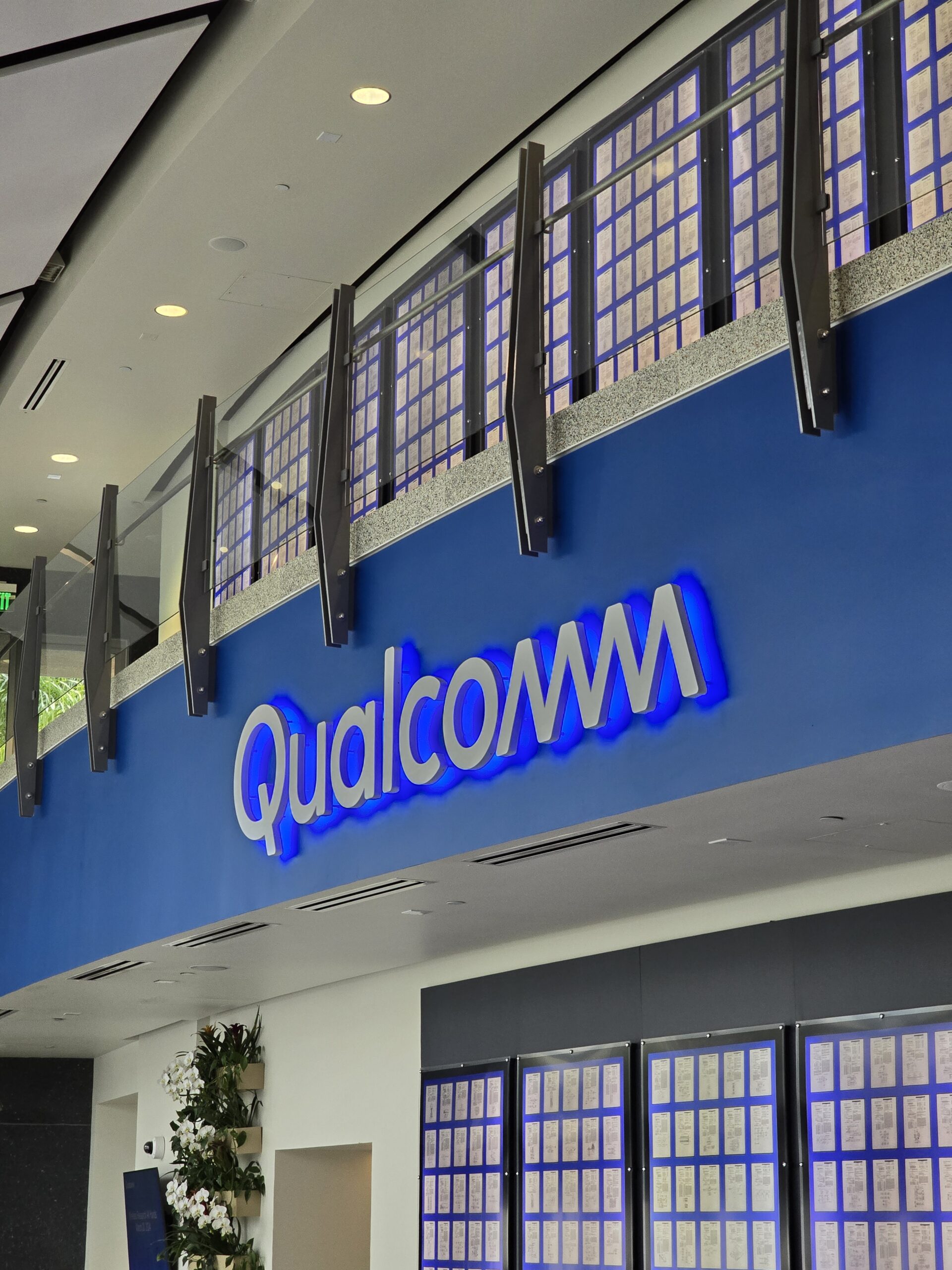
*Qualcomm was gracious enough to invite me to their HQ in San Diego for these demos and paid for travel and accommodation, but otherwise they had no editorial influence.
The post Hands-on with Snapdragon X Elite: Benchmarks, games, NPU processing and more appeared first on Windows Latest

